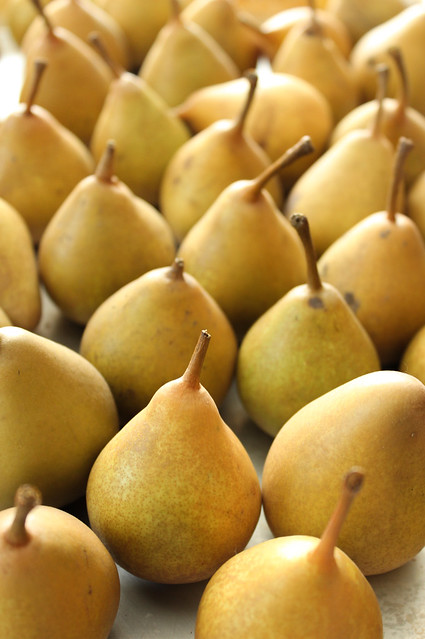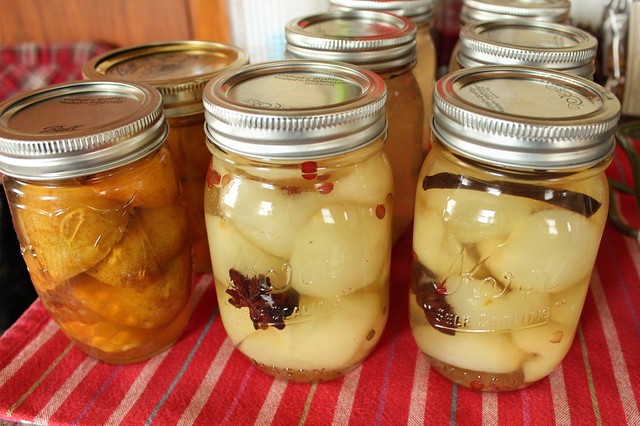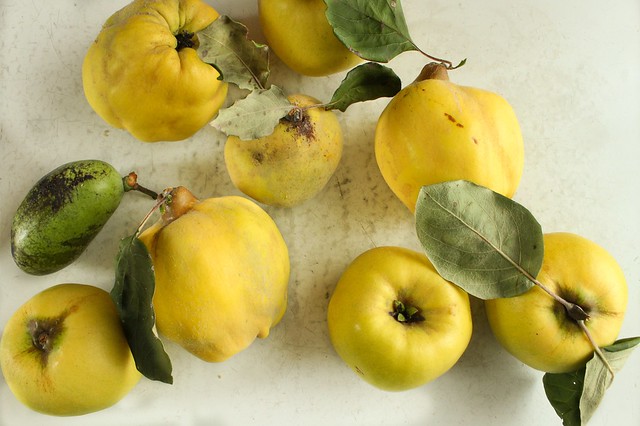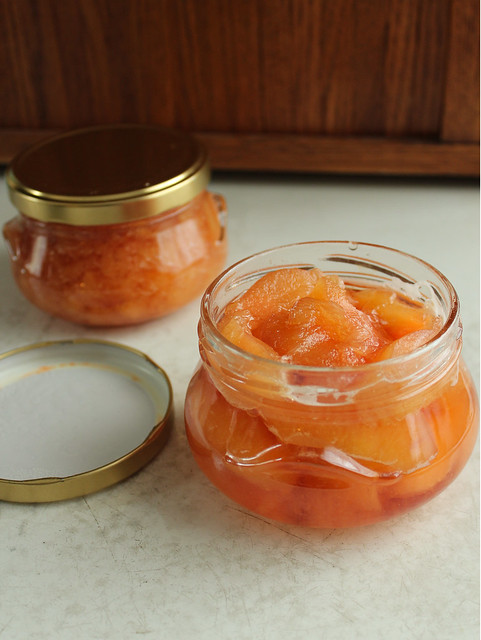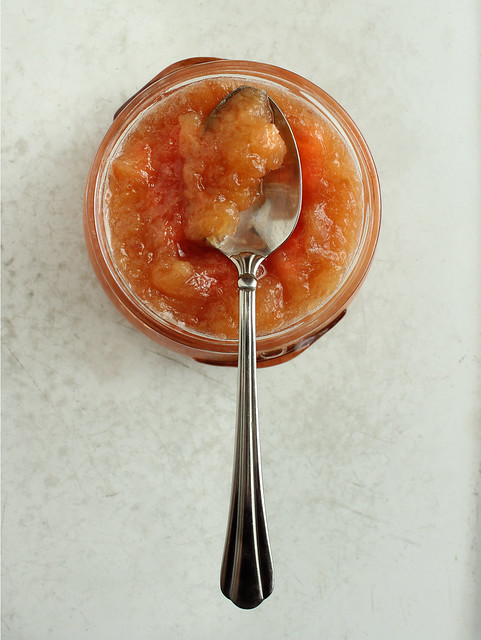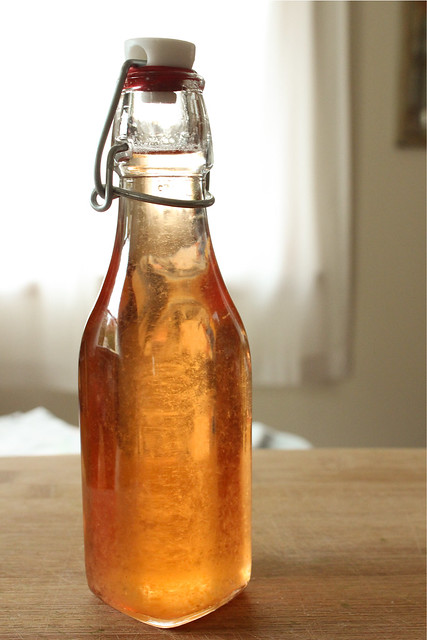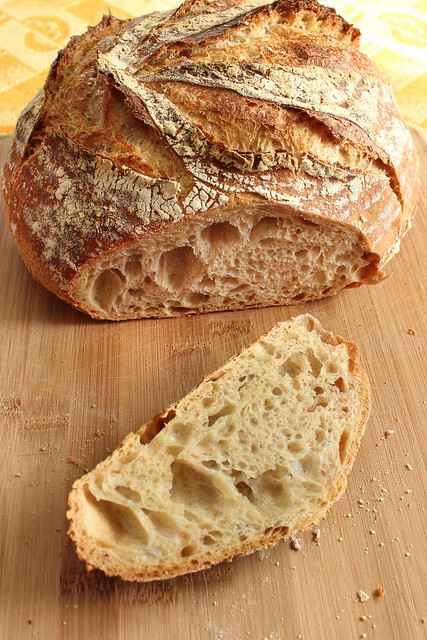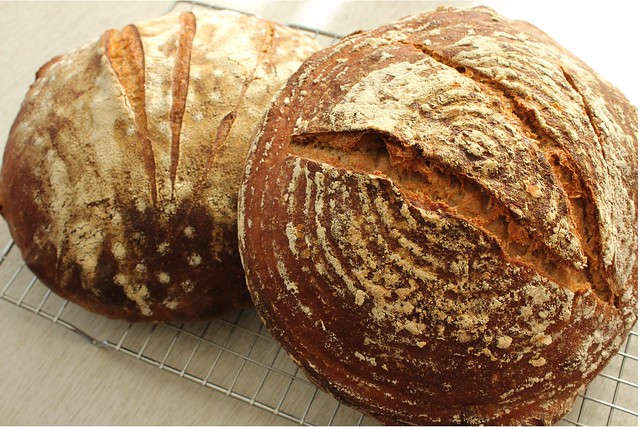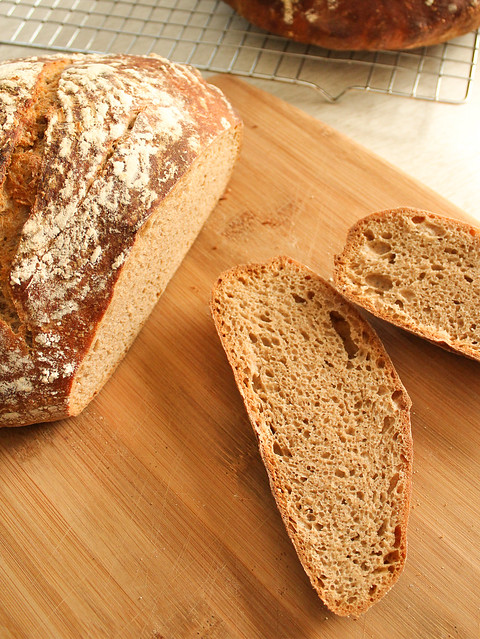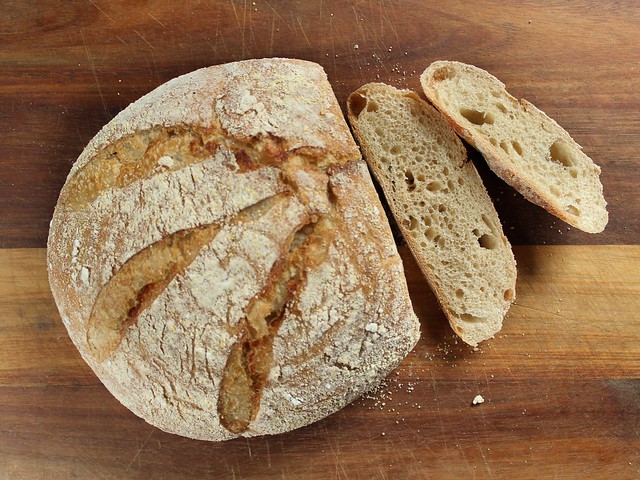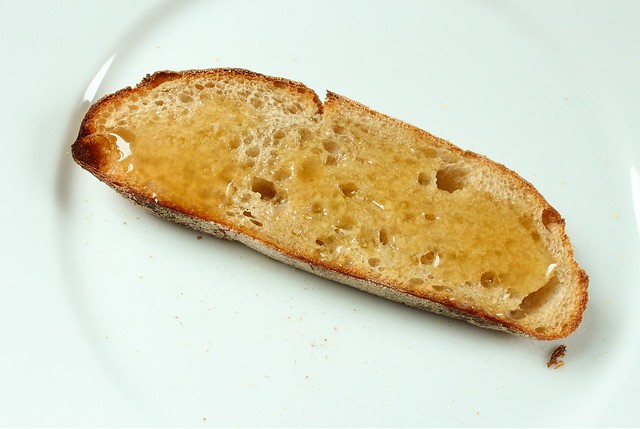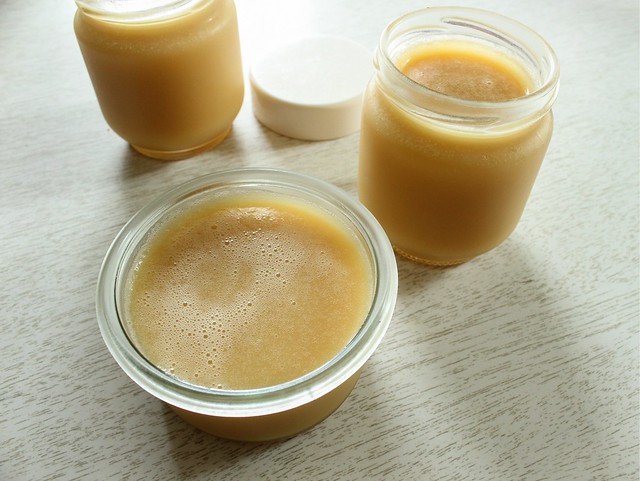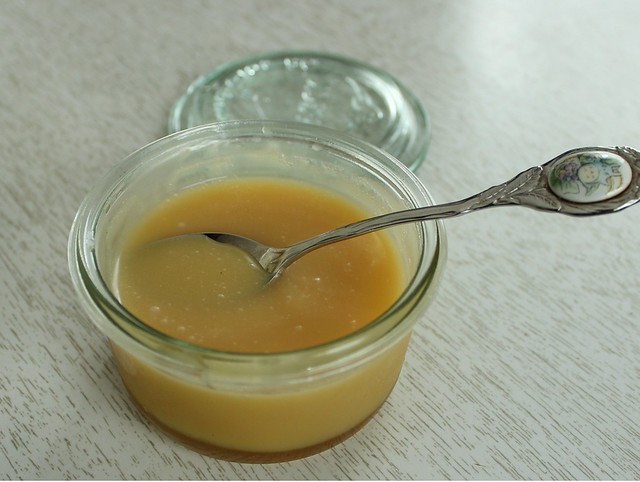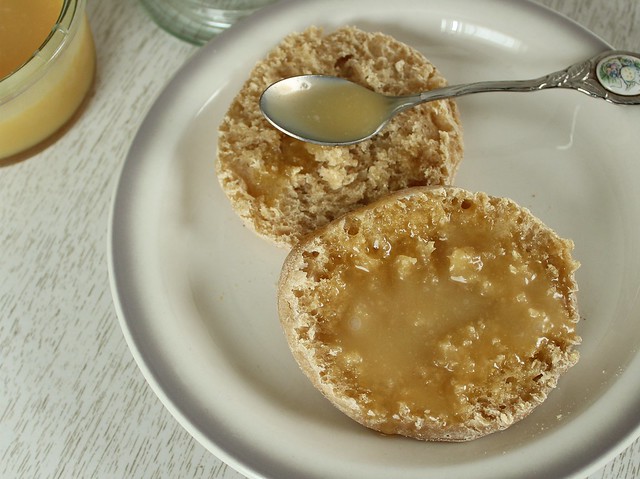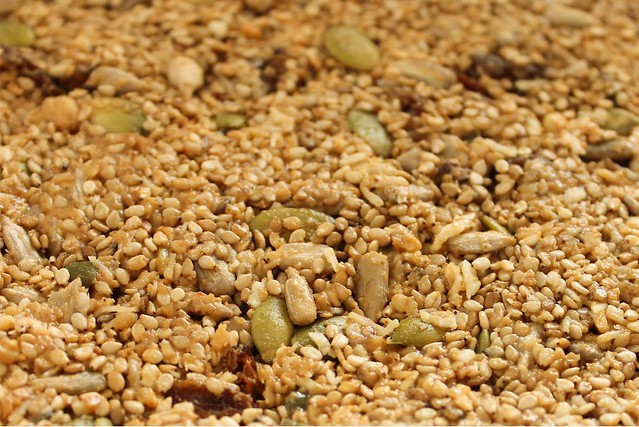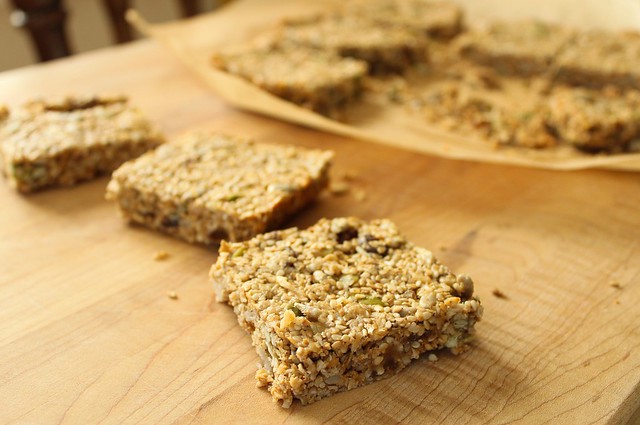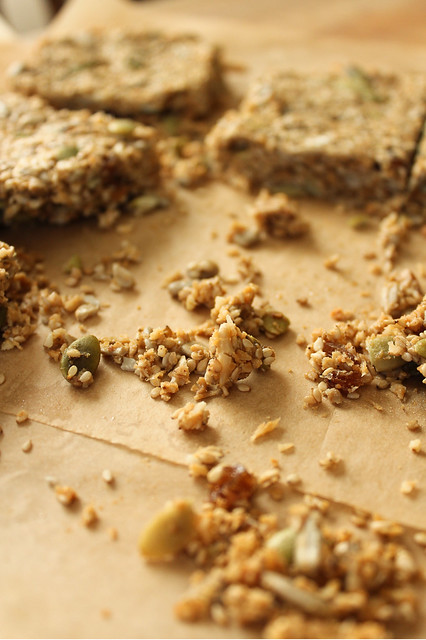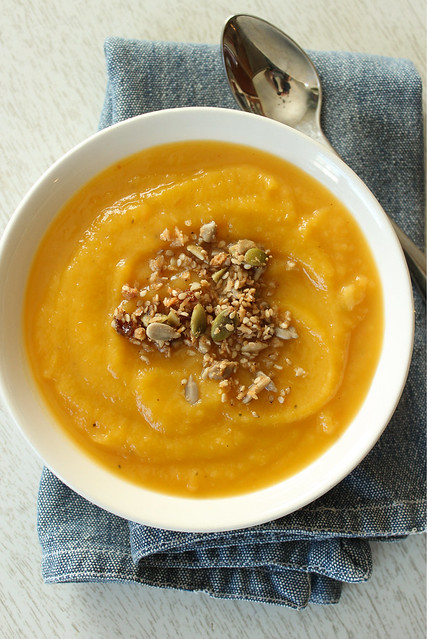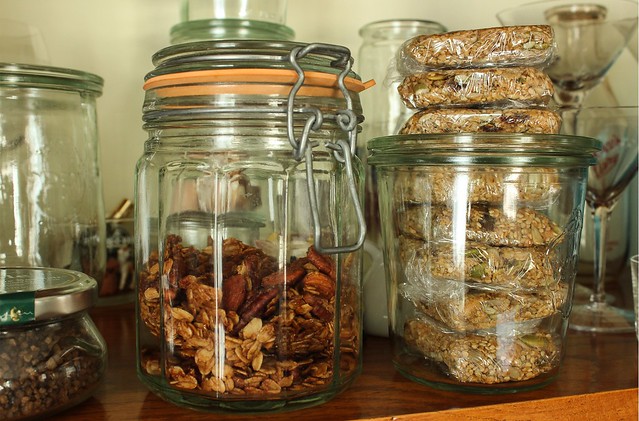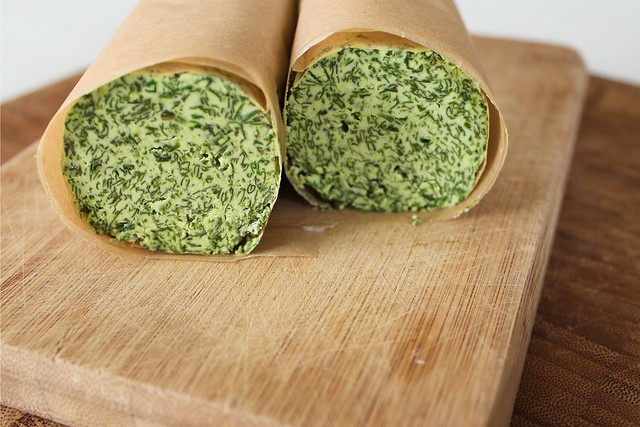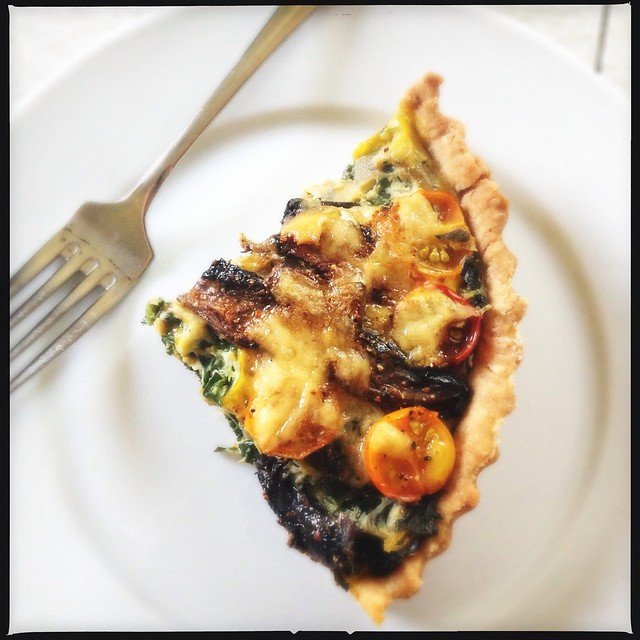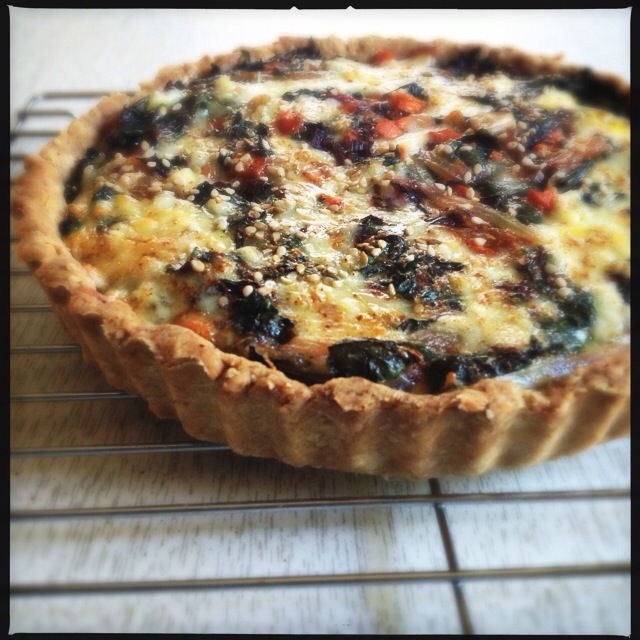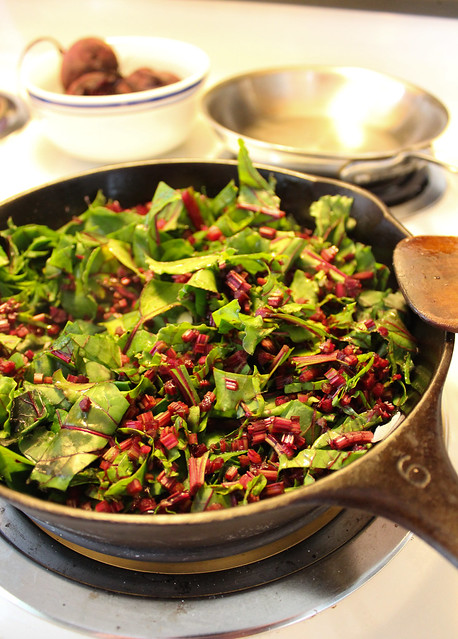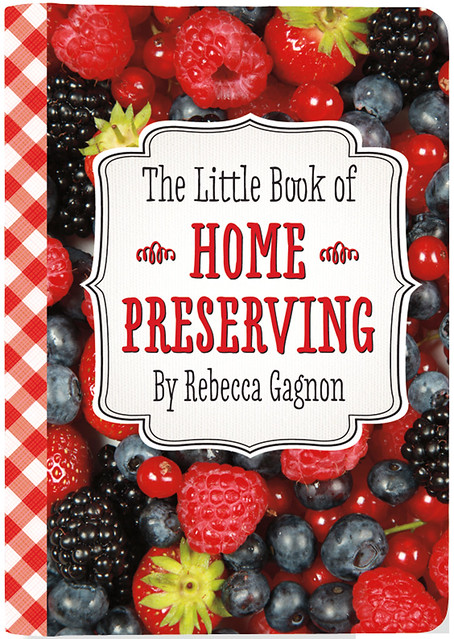I keep saying I'm done, that I will not can any more this year. I went so far as to send home all extra paper grocery sacks of clean pints and quart jars with my Mom when she last visited, an attempt at organizing my basement. But maybe now I know I'm a true preservationist when the work is never fully done, maybe the nature of doing for yourself is a drug of sorts that I just can't kick.
Last week, a neighbor gave me some gorgeous seckel pears from a tree discovered in her parents yard. I said I'd take some just for eating, but they were so good and they had so many that I ended up getting a few pounds to preserve. Seckels seem to ripen faster than less petite pear varieties, and I set them up on a sheet pan for a few days to monitor their process. I decided to try pickling some using Marisa's method over on Serious Eats, a pretty quick endeavor since the pears keep their stems and skins. I used some raw sugar because I was out of granulated, but then made a series of errands to pick some up along with another flat of pint jars and some fresh pink peppercorns, star anise, and vanilla beans from the Spice House to do up a batch of Mrs. Wheelbarrow's spiced syrup version in the New York Times.
Marisa's pickled pears on the left, Mrs. Wheelbarrow's syrupy ones on the right.
The pears in syrup took awhile, especially with interruptions from the baby who would not succumb to sleeping. More lessons in patience from the peeling of diminutive pears, trying to daintily finagle a 1/4 teaspoon to hollow out their seeded bellies - but worth it when I tasted the spiced syrup - which actually tastes exactly like a visit to the Spice House. I didn't even mind that my 24 seckel pears only filled 3 pint jars and I had 3 pints of syrup that I canned up assuming that my pal Alanna would have a good idea for me on how to properly enjoy drinking it.
Prior to pear preservation, I made myself contend with the last 4 quinces that I was still debating what to do with. This was the first year I've tasted quince, and I am completely hooked. For some reason, I could hardly bring myself to do anything with the few of them I had, I so much enjoyed looking at them and smelling them, and really just living with them on my hutch counter for a few weeks...
Prior to pear preservation, I made myself contend with the last 4 quinces that I was still debating what to do with. This was the first year I've tasted quince, and I am completely hooked. For some reason, I could hardly bring myself to do anything with the few of them I had, I so much enjoyed looking at them and smelling them, and really just living with them on my hutch counter for a few weeks...
Instead of deciding on any proper preserving of them, I ended up doing two batches of them the same way: roasting them in a 320 degree oven for a couple of hours until the skin blistered, cooling them to the touch, then peeling, coring them, and carefully slicing them into fat pieces. I made two piles on my counter, one of the sliced pieces that maintained their shape, and another of those that were too mushy to look attractive. Then I made a syrup of equal parts sugar and water (600 g. of each, which was plenty). The nice slices simmered away in the syrup for 30 or 40 minutes until they turned a more uniform color (the roasting left them unevenly colored) and were infused with sugar syrup. The mushy pieces I put into a smaller sauce pan and simmered with ladles of the ample sugar syrup. I mashed casually every so often with a potato masher, and added syrup as it was needed, all the while sneaking spoonfuls of hot quince for myself which felt as autumnal and comforting as adding another down blanked to the bed. (I found the idea here.)
While I didn't bother canning this proper, I'd imagine 10 minutes in a hot water bath would do the trick. So far, I'm having some really good morning snacks of toast, a pretty amazing grilled cheese with havarti and quince slices, and last week I made David Leibovitz's whole wheat croissants - which I'm pretty sure these quince preserves were born to marry. I was also left with a bottle of quince syrup when I strained out my slices. I'm not sure what to enjoy it with first... maybe rice pudding or some vanilla bean ice cream? The quince was so delicious that I couldn't bring myself to add any aromatics at all to the simmering pots; these are all made just simply of quince, sugar, and water. Similarly, I think I could almost just enjoy this by the shot glassful.
Monitoring the simmering quince left me plenty of time to think about all of the free fruits and berries I found close to home this year, not to mention the beginning of a relationship with a wonderful, old-fashioned orchard (Klee's Out on a Limb). There were sour cherries from a friend of a friend, and more from neighbors who dropped them off when the baby was just weeks old. Pints of mulberries from trees walking distance from my house, and the happy discovery late in the season of a white mulberry tree that I'll keep my eye on for next year. Tart crabapples found on a walk just a week or so ago that made their way into applesauce and the more than one neighbor who offered me pears. When farm markets were more difficult for me to visit at the peak of the season this year, there were also neighbors with ample vegetables to share. (An amazing end-of-season green tomato sauce courtesy of plentiful green tomatoes from across the street. Click here and read the comments to find a simple but delicious recipe.) All in all, so many delicious things gracing my shelves to be thankful for as we head into the most thankful part of the year!

